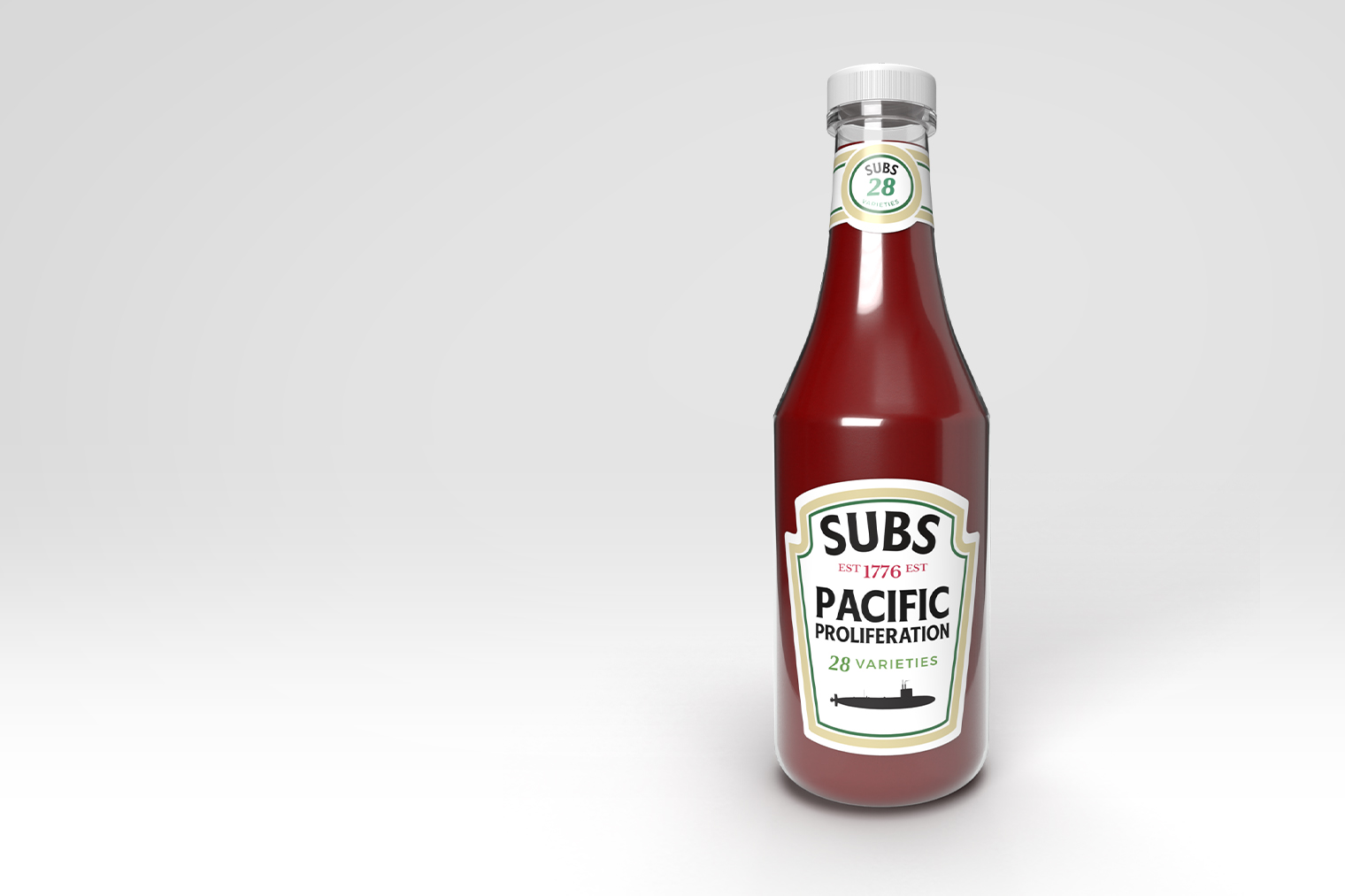Naval Warfare magazine: countering China, Asia-Pacific submarines and more
Comment
The European Council has extended Operation Atalanta for another two years, reinforcing its role in the waters off the Horn of Africa. Yet what is the reasoning behind the decision?
Features include:

PACIFIC PROLIFERATION
As more and more countries in Asia-Pacific aim to acquire as well as build submarines and the number of hulls in service keeps rising, commentators are left to wonder whether the region has the potential to become a submarine powerhouse.
Other features include:
TALKING TACTICS
The US is in the process of restructuring its battle force in order to prepare for the potential challenges posed by China in the Indo-Pacific region. An optimal structure for that force, however, is yet to be determined.
ENFORCING LEGITIMACY
Iran’s naval forces, ranging from the asymmetric warfare assets fielded by the revolutionary guard to the ageing surface combatants of the regular navy, continue to present an evolving capability profile to regional actors and great powers alike.
FORM, FIT AND FUNCTION
Often an iterative process, ship design involves many interdependencies and relies heavily on technological development. In order to accommodate future systems and capabilities, a standardised approach to design is becoming increasingly important.
SPECIALISING IN MULTI-MISSION
Programmes such as the Franco-Italian FREMM have shown that interest in multi-mission frigates as opposed to specialised platforms has been on the rise in recent years. Shephard takes a look at the factors driving growth in this sector.
BIOSPHERE OPERATIONS
With the threat of an outbreak at sea creating significant health challenges and potentially opening up an operational gap that could be exploited, the COVID-19 pandemic has posed significant challenges for navies. How then have they looked to mitigate the risks, ensuring the safety of crews while keeping up the drumbeat of maritime patrol?

More from Naval Warfare
-
![How the UK Royal Navy is powering up its hybrid fleet to combat new threats]()
How the UK Royal Navy is powering up its hybrid fleet to combat new threats
Since it announced its move towards a new “hybrid navy” earlier this year, the force has announced a number of new uncrewed technologies in the works.
-
![US and UK to begin Trident II D5 Increment 8 in October 2026]()
US and UK to begin Trident II D5 Increment 8 in October 2026
Trident II D5 Increment 8 will involve improvements to the shipboard navigation subsystem for the US Ohio and Columbia and the UK Dreadnought and Vanguard submarine classes.
-
![What capabilities has the US deployed in the Caribbean and South America to engage “drug boats”?]()
What capabilities has the US deployed in the Caribbean and South America to engage “drug boats”?
The US arsenal includes amphibious assault and littoral combat ships, cutters, destroyers, landing platform docks, a nuclear-powered fast attack submarine, drones, ISR aircraft, helicopters and fighters.
-
![HMS Agamemnon: details of the dive and what the Astute-class signifies for the UK Royal Navy]()
HMS Agamemnon: details of the dive and what the Astute-class signifies for the UK Royal Navy
As HMS Agamemnon moves closer towards joining the UK’s in-service submarine fleet, how does the sixth Astute-class fit into the Royal Navy’s defence strategy?
-
![French Navy frigates to align with Hellenic Navy after Aster missile enhancement]()
French Navy frigates to align with Hellenic Navy after Aster missile enhancement
The FDI frigates will have an enhanced warfare capability that matches the configuration of ships ordered by Greece.























